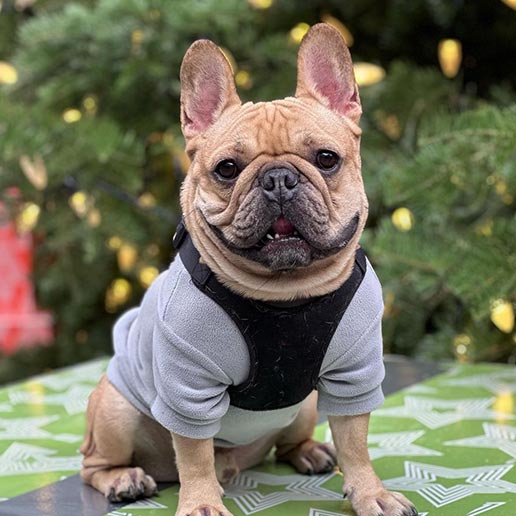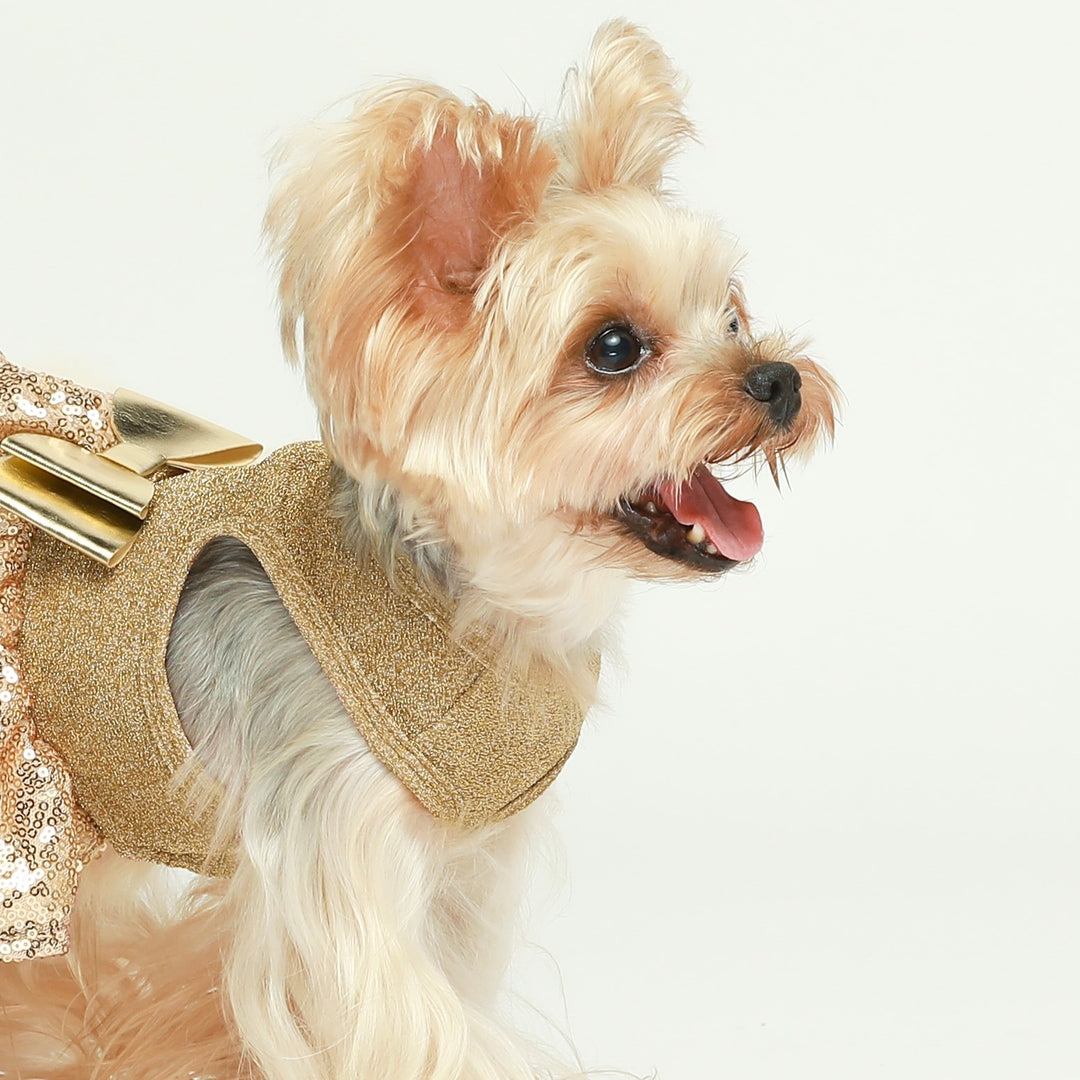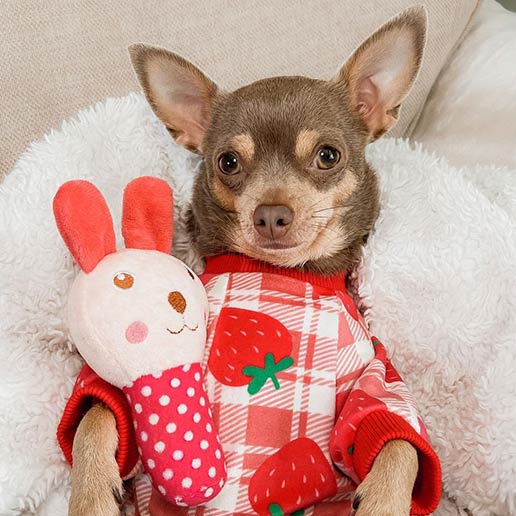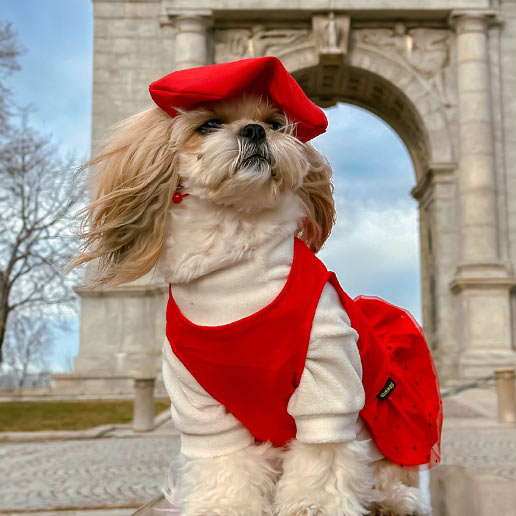DIY Pet Grooming: The Ultimate Guide to Bathing Your Dog at Home
Introduction
As the costs of professional pet grooming continue rising, more dog owners are choosing to bathe their canine companions at home. DIY dog bathing allows you to bond with your pet while saving money and customizing the experience to their unique needs. However, proper preparation and technique are crucial for ensuring bath time is safe, efficient, and positive for both dog and owner. This comprehensive guide will walk you through everything you need to know about bathing your dog at home.

Setting up Your DIY Dog Grooming Station
Creating an adequate bathing station is the first step to DIY grooming success. This involves designating an appropriate area in your home, preparing safety and comfort features, and gathering all necessary bathing supplies and tools.
Choosing a Bathing Area
The ideal location for bathing your dog is indoors in an easy-to-clean area with quick access to hot and cold water. Spare bathrooms or laundry rooms often make excellent grooming stations. Lay down non-slip bath mats or towels to help give your dog secure footing and protect their joints. Also, ensure there is adequate lighting so you can see all areas of your dog's body clearly while bathing.
Preparing for Safety and Comfort
Dogs feel safest bathing in temperature-controlled environments. Fill your tub with just a few inches of lukewarm water to a neutral body temperature. Set out additional non-slip mats or carpets for your dog to stand on if needed.Assembling Bathing Supplies and Tools
Gather all grooming supplies in one easily accessible spot prior to bathing your dog. This includes correct shampoo and conditioner for their coat type, detangling brushes and combs suited to their fur length, blow dryer, scissors for hair trimming, styptic powder, towels, robe, and anything else you may require post-bath. Stay organized so you can easily find what's needed.Preparing Your Dog for Bath Time
Pre shampoo Brushing
Thoroughly brushing out your dog's hair pre-bath detangles mats and removes excess fur and dirt close to the skin. Pay extra attention to areas around ears, legs, rear and belly. Not only does this allow water to penetrate down to the skin more effectively, but it also cuts down on shedding and allows you to inspect their coat more closely.

Hygiene Checks
Before wetting your dog's coat, also inspect eyes, ears, nails and skin for any trouble spots needing addressing after their bath. Look between toe pads and see if nails need trimming. Check ears for buildup and irritation. Monitoring your dog's body frequently makes it easier to spot any abnormalities needing veterinary attention early.
Reducing Anxiety
Some dogs feel stressed getting baths, even from their trusted owner. Make it fun by showing your dog the treat jar first and letting them sniff out the shampoos you'll use. Give anxious dogs a mild workout beforehand to expend energy then provide chew toys once they're in the tub to redirect attention. Go slowly and monitor body language for any rising anxiety.
Bathing Your Dog Step-By-Step
Wetting and Shampooing
If your dog can stand comfortably, use a detachable showerhead or handheld sprayer to wet their body from the neck down to their feet. Restrict flow for easily spooked dogs. Apply a small dollop of shampoo and massage thoroughly into the coat and skin before rinsing clean. Repeat shampooing only for excessively dirty dogs. Letting shampoo sit helps lift dirt.
Conditioning and Detangling
After rising out shampoo, apply conditioner or conditioning shampoo for added coat shine and manageability. For severely matted fur, thoroughly massage conditioner into the mats then gently brush out and comb. Never rip or cut out mats. Carefully work apart small sections at a time. If unable to brush out, seek professional grooming assistance.Spot Cleaning Tricky Zones
Use a wet washcloth to gently clean face folds and wrinkles. Diluted dog ear washes on a cotton ball clean the outer ears. NEVER insert cotton swabs inside a dog's ear canal. For female dogs, wipe under the tail and around the vulva opening to prevent infections. Regularly clear debris caught between paw pads.

Post-Bath Care and Maintenance
Drying and Brushing Out Coat
After rising away all traces of shampoo and conditioner, soak up excess moisture with an absorbent towel then finish drying with either a blow dryer on low/cool setting or air drying. While the coat is damp, brush thoroughly with both slicker and bristle brushes to evenly distribute coat oils for shine and manageability.

Attending to Other Grooming Needs
With your dog's fur now detangled, inspect their body closely again for other pressing grooming requirements. Trim overgrown nails, being cautious of the pink quick inside nails. Brush teeth if your dog allows it to prevent plaque and infections. Check and clean inner ears. Express anal glands if you notice your dog scooting or inflamed glands.Establishing a Care Routine
Your dog's individual lifestyle and breed determines how often bathing is recommended typically anywhere from monthly to a few times yearly. Consistent brushing, teeth brushing, nail trims etc. helps spot health issues early plus spreads out intensive grooming tasks for less stress on owner and dog.Stay Clean with Dog Clothes
After a thorough bath and grooming session, consider the added benefit of dressing your dog in dog clothes. Not only do these garments help keep your dog warm and cozy, but they also serve to protect their freshly cleaned and brushed coat. Dog clothes can minimize the accumulation of dirt and debris, especially when your pet ventures outdoors, and can help reduce the spread of loose fur around your home.

Conclusion
Bathing and grooming your dog at home reinforces the special bond between pet and owner while also saving money and custom tailoring care to their needs. Ensuring you have an adequate setup plus staying educated on proper technique makes the process smooth, efficient and even fun.
Your beloved pup stays fresh and clean without the hassle and cost of trips to the groomer. Just be sure to research your dog's specific bathing requirements based on breed, coat type, activity level and age.
Read More
- Celebrate the Holidays by Dressing Up Your Dogs in Festive Styles - Fitwarm
- Styling Your Furry Friends: The Cutest Maltese and Yorkie Dogs Clothes– Fitwarm
- Dressing Up Your French bulldog in the Cutest Clothes– Fitwarm
- Enjoy the Halloween Celebration with Your Pets.– Fitwarm
- Do Shih Tzu Shed? Hair Facts and Effective Shedding Solutions!– Fitwarm














